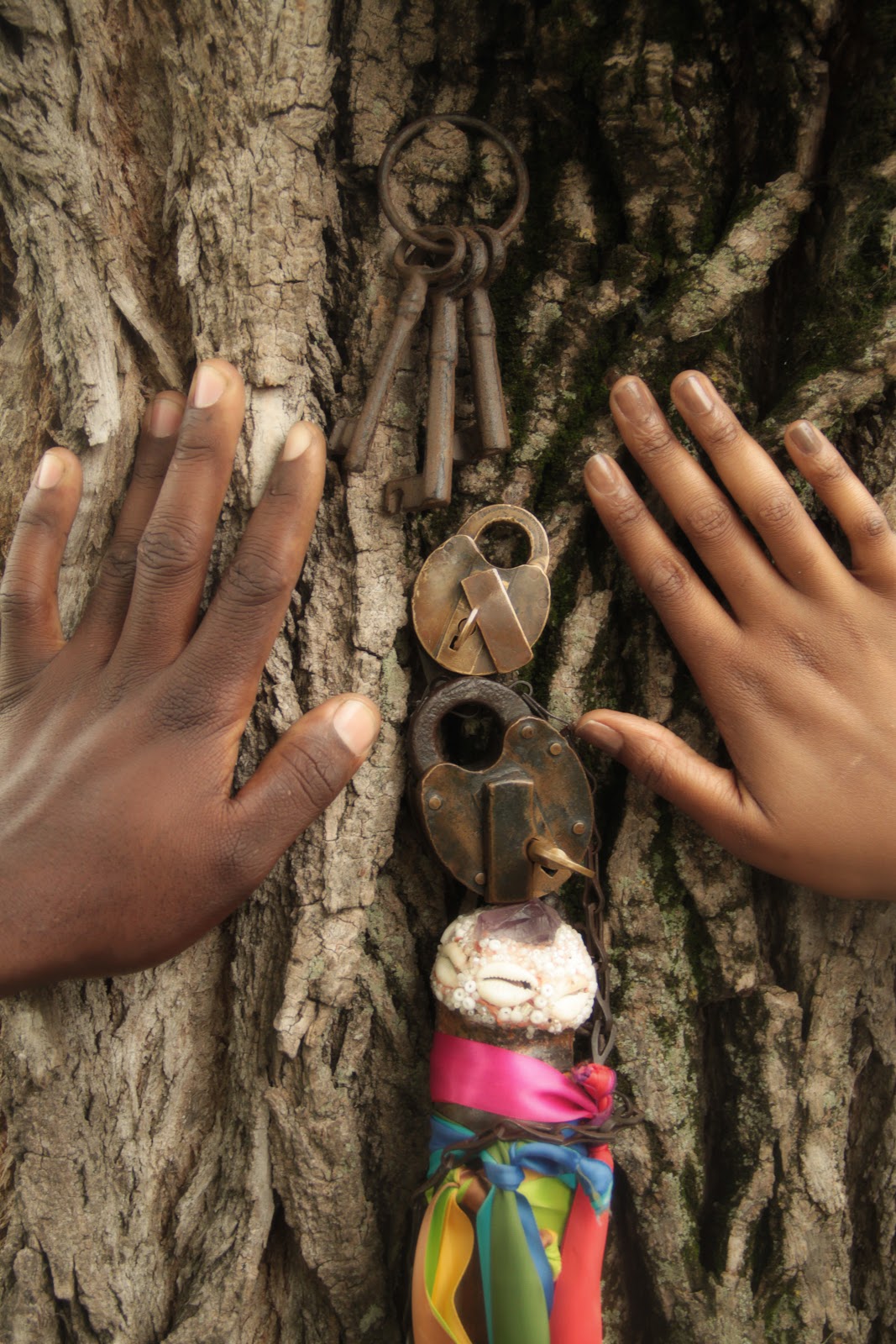“Free. Free. Freeee…” Is what is playing from 33 television screens as you walk into this exhibit. There were a few other pieces of art in the room as well, but none of the descriptions particularly said who the woman was on the screen. I assume this was done deliberately. The women is standing at the Washington Monument, in front of the Lincoln Memorial statue.
The entire exhibit shows clips of people, black and white, doing and explaining race-related things. For example, there were 4 clips of the same white man having conversations with himself on the topic of race from a white man’s point of view. The clips repeat themselves within the sequence of the clip, so you can grasp that the conversation is an ongoing, never-ending conversation. In one of the clips he repeats, ” Someone has to step up and lead. Tell me about it. I’m so angry. Me too. What are we going to do? That’s the question. We have to do something. I know. Someone has to step up and lead. Tell me about it…” (There’s one man speaking the entire time, hence my lack of additional quotes. But, the dialogue is meant to be a conversation.” In another clip he opens a curtain saying, “Welcome to the new world of whiteness.” Then he opens another curtain saying, “It’s the same as the old one.”
Overall, the concept I got from the exhibit was that everyone has to, at some point, face racism, but the ways in which they can deal with it differ. Some people stand up, speak on it, and demand that it changes. Some people recognize that it needs to be fixed and the someone has to fix it. Some people just don’t do anything to fix, mend, or change it at all.
I believe the exhibit was trying to open the eyes of the audience, regardless of their race, ethnicity, or culture, to help them understand that race is everyone’s problem. I enjoyed the different creative tactics and methods of art that the curators used to convey this message. Going to see this exhibition during our class time, would’ve been very beneficial and potentially could’ve sparked in us some ideas to transfer to our digital story. Nonetheless, I’m glad that I got the opportunity to experience this exhibit and will share with my peers.

